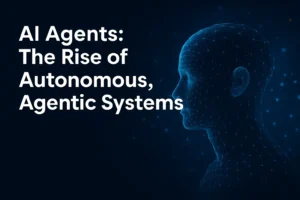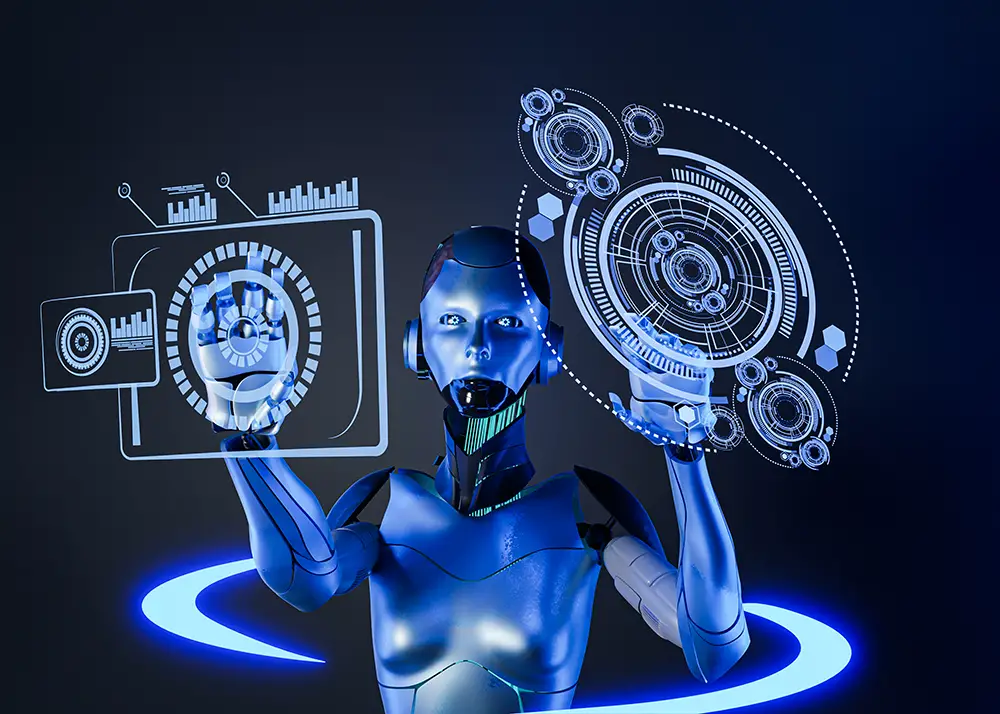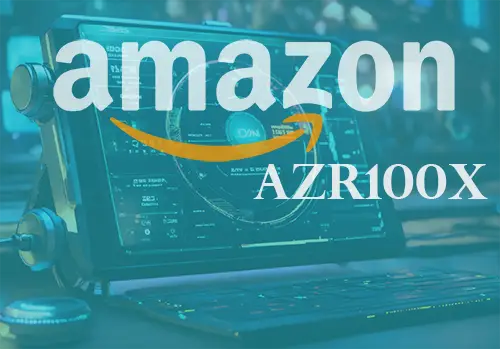Introduction
The fields of 3D vision and image synthesis are undergoing revolutionary changes, thanks to advancements in AI, deep learning, and neural rendering. From generating hyper-realistic 3D models to reconstructing scenes from 2D images, these technologies are transforming industries like gaming, healthcare, autonomous vehicles, and virtual reality (VR).
In this blog, we’ll explore the latest breakthroughs, key technologies, and future trends in 3D vision and image synthesis.

1. Neural Radiance Fields (NeRF): The Game-Changer in 3D Reconstruction
What is NeRF?
Neural Radiance Fields (NeRF) is a deep learning technique that reconstructs 3D scenes from 2D images by modeling light and view-dependent effects. It uses neural networks to predict color and density at every point in a 3D space.
Key Advancements:
-
Real-Time NeRF: New optimizations (like Instant-NGP) enable real-time rendering of 3D scenes.
-
Dynamic NeRF: Extensions like HyperNeRF and DyNeRF now handle moving objects and deformable scenes.
-
Applications: Used in virtual production, AR/VR, and digital twins.
2. Diffusion Models for 3D Image Synthesis
How Diffusion Models Work
Diffusion models, like Stable Diffusion and DALL·E 3, generate high-quality images by iteratively denoising random noise. Now, researchers are applying these models to 3D object generation.
Recent Breakthroughs:
-
DreamFusion (Google Research): Uses text-to-3D diffusion to create 3D models from text prompts.
-
Magic3D (NVIDIA): Generates high-resolution 3D meshes from text descriptions.
-
Point-E (OpenAI): Produces 3D point clouds from text inputs in seconds.
3. Generative Adversarial Networks (GANs) for 3D Content Creation
Evolution of GANs in 3D Vision
Generative Adversarial Networks (GANs) have been pivotal in image synthesis, and now they’re advancing 3D content generation.
Key Developments:
-
StyleGAN3 (NVIDIA): Improves temporal consistency for 3D animations.
-
EG3D (NVIDIA): Combines GANs with NeRF for high-fidelity 3D face generation.
-
Applications: Used in metaverse avatars, gaming characters, and virtual influencers.
4. 3D Gaussian Splatting: The Next Big Thing in Real-Time Rendering
What is 3D Gaussian Splatting?
This new technique represents 3D scenes as millions of tiny Gaussian blobs, enabling real-time, photorealistic rendering without traditional polygonal meshes.
Why It Matters:
-
60 FPS rendering on consumer GPUs.
-
Better than NeRF for dynamic scenes.
-
Used in VR, gaming, and film production.
5. Future Trends in 3D Vision & Image Synthesis
1. AI-Generated 3D Worlds
-
Companies like OpenAI and NVIDIA are working on text-to-3D world generators.
2. Medical Imaging Breakthroughs
-
3D reconstruction from MRI/CT scans is improving diagnostics.
3. Autonomous Vehicles & Robotics
-
Better 3D scene understanding enhances self-driving car perception.
4. The Metaverse & Digital Twins
-
Photorealistic 3D avatars and environments are becoming mainstream.
Conclusion
The advancements in 3D vision and image synthesis are reshaping industries, from entertainment to healthcare. Technologies like NeRF, diffusion models, GANs, and Gaussian splatting are pushing the boundaries of what’s possible.
As AI continues to evolve, we can expect even more realistic, real-time 3D content generation, unlocking new possibilities in VR, gaming, robotics, and beyond.



